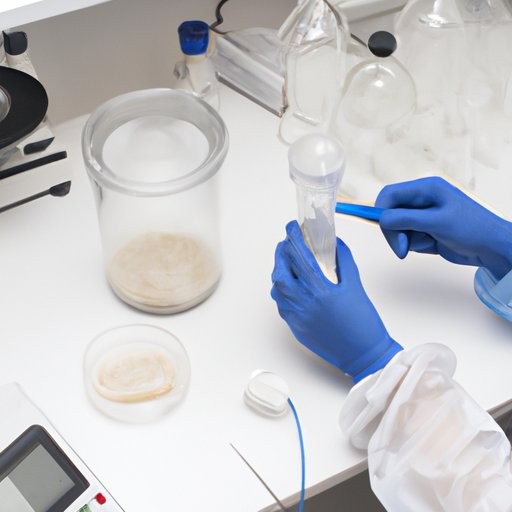How Do PFAS Impact Your Local Stormwater and What Can You Do?
What Are PFAS and Why Are They a Concern for Stormwater?
Per- and polyfluoroalkyl substances (PFAS) are synthetic chemicals found in various industrial and consumer products due to their resistance to heat, water, and oil. These chemicals pose significant environmental and health risks, especially concerning stormwater systems. PFAS can infiltrate stormwater through industrial discharges, runoff from contaminated sites, and atmospheric deposition.

Once in the environment, PFAS are highly persistent and mobile, allowing them to travel long distances and contaminate both surface and groundwater. This contamination endangers aquatic ecosystems and human health, as PFAS can accumulate in wildlife and have been associated with health issues in humans, such as cancer, liver damage, and immune system problems (EPA, 2024).
How Can You Help Reduce PFAS Contamination in Stormwater?
Reducing PFAS contamination in stormwater requires a mix of regulatory measures, community involvement, and technological solutions. Individuals and communities can play a vital role in protecting local stormwater systems by taking proactive measures.
Supporting and adhering to local and state regulations aimed at reducing PFAS emissions is essential. Many states have enacted stricter standards for PFAS in water. As of May 2025, compliance with these standards remains critical to safeguarding water resources. Staying informed about these regulations empowers communities to advocate for enhanced protection measures. Additionally, individuals can minimize their PFAS footprint by avoiding products containing these chemicals, such as certain non-stick cookware, water-repellent clothing, and stain-resistant carpets.
- Advocate for local government initiatives to monitor and regulate PFAS levels in stormwater.
- Engage in community clean-up activities to eliminate potential PFAS sources.
- Support research and development of PFAS remediation technologies.
What Are Common Questions About PFAS and Stormwater?
How do PFAS enter stormwater systems?
PFAS enter stormwater systems through industrial discharges, runoff from contaminated sites, and atmospheric deposition. These pathways enable PFAS to spread extensively, impacting both surface and groundwater sources.
What health risks are associated with PFAS in stormwater?
PFAS in stormwater pose significant health risks as they can contaminate drinking water supplies. Exposure to PFAS has been linked to health issues, including cancer, liver damage, immune system impacts, and reproductive problems (CDC, 2024).
Are there regulations to control PFAS in stormwater?
Yes, several states have implemented regulations to control PFAS levels in water, including stormwater. The Environmental Protection Agency (EPA) is also working on establishing national standards for PFAS in drinking water, which will indirectly affect stormwater management practices (EPA, 2024).
What technologies can remove PFAS from stormwater?
Technologies available for PFAS removal from stormwater include activated carbon filtration, ion exchange, and advanced oxidation processes. These technologies vary in effectiveness and cost, and ongoing research aims to improve their efficiency and affordability.
How can communities address PFAS contamination?
Communities can get involved by advocating for stricter regulations, participating in local clean-up efforts, and supporting research initiatives focused on PFAS remediation. Public awareness and community action are crucial in driving policy changes and technological advancements.
What Steps Can You Take Against PFAS Contamination?
Individuals and communities must take proactive steps to address PFAS contamination in local stormwater systems. By staying informed, advocating for regulatory changes, and supporting technological advancements, we can mitigate the impact of these persistent chemicals on our environment and health. In the United States, collective efforts are essential to ensure the safety and sustainability of our water resources for future generations.



